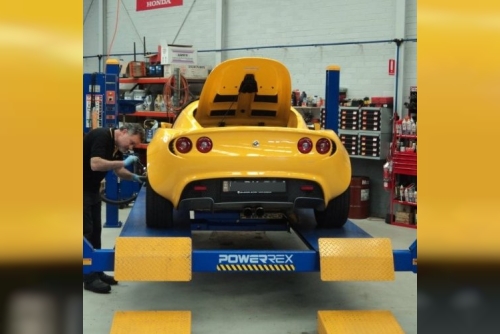When our car is in great shape, we enjoy
the freedom of getting to go anywhere we want quickly and easily. Whether we
are off to the morning commute, running a few errands before we get home at the
end of the day or heading out to enjoy time with friends, our reliable car is
there for us.
To keep your car running right, you’ll
want to be sure make an appointment with your Belmore mechanic so you can take care of any periodic
inspections and maintenance that is required. It’s also important to make sure
that your car’s fluids are at the proper level, so you can avoid costly
breakdowns or damage.
Important Tips Regarding Fluid Checks
Before you check the fluid levels, you’ll
want to be sure that the car is parked on a level area. The fluids you add
should match the specifications stated in your owner’s manual.
Be sure not to overfill the fluid levels,
as overfilling can be harmful. If you notice a fluid needs frequent topping up,
schedule a visit to your Belmore
mechanic to see what is going on.
Oil for Your Engine
Engine oil is one of the most important
fuels in your vehicle. It helps clean and cool the engine parts, and provides
lubrication for moving parts. Check the oil with the engine cold, and not
currently running.
Remove the dipstick from the tube, wipe
with clean cloth and then insert it into the tube again. The oil level should
be between the lower and upper marking. If it is below the low mark, add oil to
move oil level to the upper indicator.
Fluid for Automatic Transmission
To prepare for the check, have the engine
idling and the transmission up to regular operating temperature. With the
parking brake on, and the foot brake applied, cycle the shifter into each
position for several seconds.
Then, move the transmission to Park or
Neutral. Use the dipstick to check the fluid levels.
Coolant for Engine
Coolant levels are usually checked by
looking at the reservoir that’s part of the coolant recovery system. This fluid
should be checked when the engine is off and cold.
The reservoir, a translucent container
near the radiator or fender panel, should show a high and low level. Fluid
should be between those two markers.
Brake Fluid
The brake fluid reservoir is typically found in the rear on the driver’s side when you look under the hood.
Again, fluid should be between upper and lower level marks. If near or below the low mark, have the car evaluated by your mechanic.
Original Source :
https://roselandsautomotive.wordpress.com/how-to-check-your-cars-fluids-at-home/












